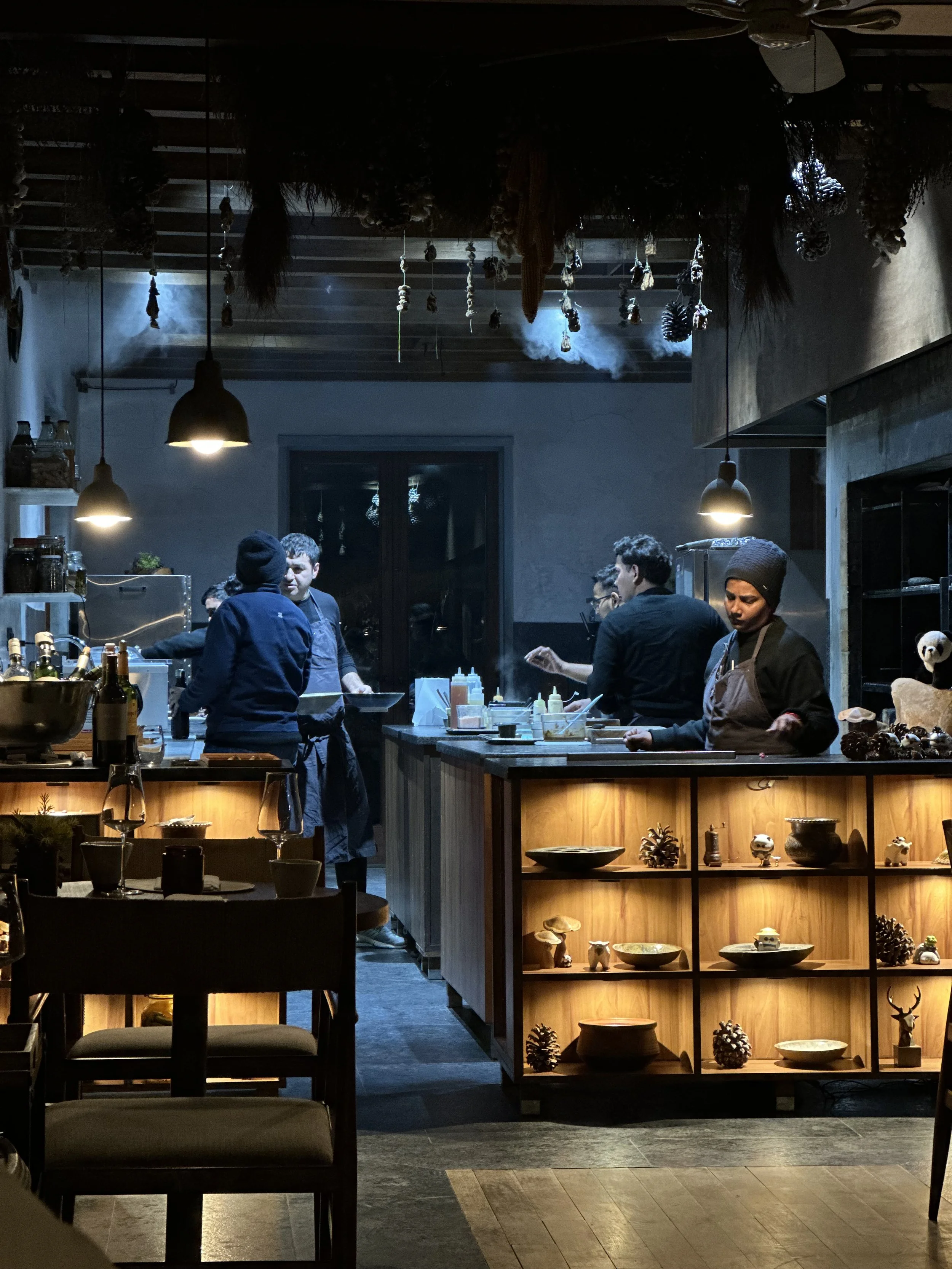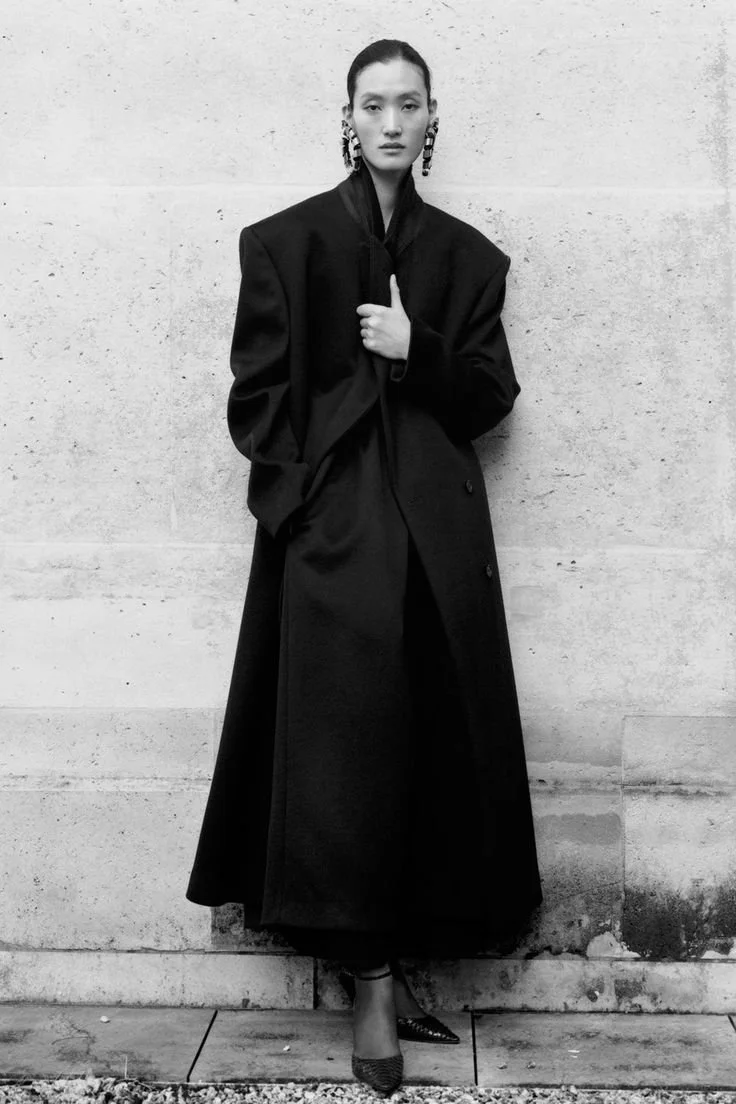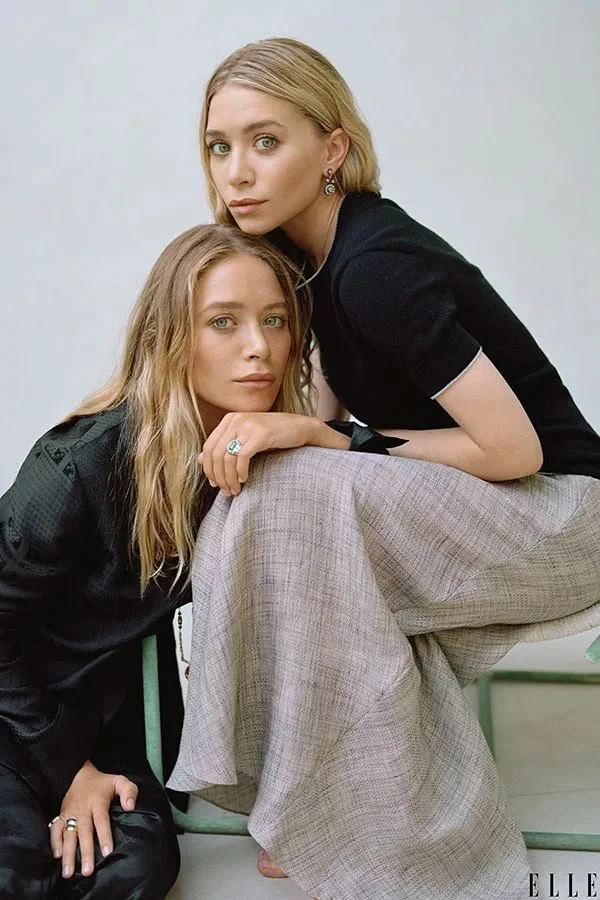The future of luxury is emotional access
How experience-led brands are rewriting the rules of desire.
In a luxury market long driven by scarcity, spectacle, and price. A quiet shift is underway. Consumers, particularly in the post-pandemic era, are no longer solely drawn to brands that dominate visually—they are gravitating toward brands that resonate emotionally. In an economy of saturation, emotional access has become the new definition of value.
The shift is subtle but strategic: it's not about what a brand offers, but what it allows the customer to feel.
Earlier this year, I dined at Naar, a 16-cover restaurant located in Kasauli, a hillside town in northern India. Conceived by chef Prateek Sadhu, Naar takes its name from the Kashmiri word for fire and delivers not through visual spectacle but through stillness, story, and restraint.
There was no posturing, no overt performance. The food, sourced from across the Himalayan region, was technically masterful yet emotionally unforced. The minimalist, quietly warm interiors reflected this same intention.
The experience didn't demand attention. It allowed presence.
And it’s not the only example. At Disfrutar in Barcelona, currently among the world’s top-ranked restaurants, the meal doesn’t begin with a menu. It begins with a page filled with words. Abstract ones. Familiar ones. Emotionally charged ones. The idea is that somewhere during your dining journey, something you eat will summon one of those words. A flash of déjà vu. A quiet jolt of recognition. Emotion, not instruction, leads the experience.
In both cases, luxury isn’t being staged, it’s being felt.
From Asset-Heavy to Atmosphere-Led
According to Bain & Company's 2023 report, the global luxury market is projected to reach €530 billion by 2030, with experiential luxury—including dining, wellness, and travel—expected to outpace traditional product categories. The highest growth segments are those delivering emotional value: immersion, narrative, and transformation.
Brands like Aman, The Row, and Aesop have built entire business models on this principle. Their value isn't just product or provenance—it's the emotional pace they establish: slower, intentional, often silent.
These brands are no longer selling objects. They're selling states of calm, clarity, belonging.
The Emotional Blueprint
Our clients aren't just asking how their brand should look or scale; they're asking how it should feel.
This is what I refer to as emotional access: the brand's ability to establish an internal rhythm that the customer can step into and identify with.
Whether through tactile packaging, atmospheric space design, narrative voice, or strategic silence, emotion becomes infrastructure. Not an aesthetic layer, but a brand's core functionality.
Naar as A Strategic Case Study
What Naar achieves quietly, yet decisively, is this recalibration. In both its service and sensory approach, it offers a form of luxury that is not urgent but undeniable. The team, trained without affectation, embodies presence over performance. The seasonally shifting menu avoids excess, instead building emotional resonance course by course.
The brand positioning is clear: Naar is not aiming to impress; it is designed to be remembered.
This model aligns with a growing cohort of luxury consumers who value discretion over display and immersion over instant gratification. In this context, brands that center on emotional clarity will outperform those chasing visibility alone.
defining Desirability
For fashion, beauty, and design businesses looking to future-proof, the lesson is simple: Emotional access is not a soft metric; it's a strategic one.
The new markers of desirability will be shaped not by amplification but by emotional availability:
Can the brand be felt before it is understood?
Does it pace the consumer instead of pushing them?
Can it offer stillness without losing relevance?
Those who design for these questions across experience, product, and presence will define the next decade of luxury.
In the end, emotional access is about permission: to pause, to belong, to be affected. And for a luxury market recalibrating in real time, that may be the most valuable offering of all.









